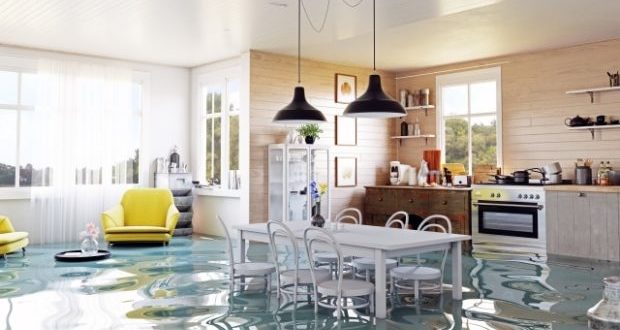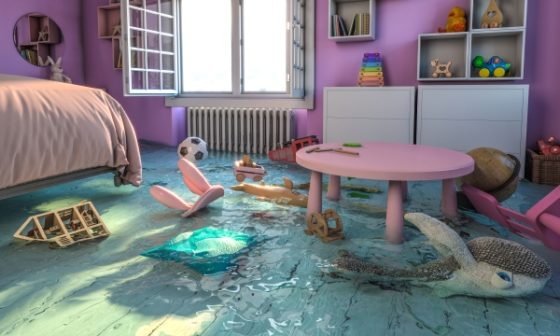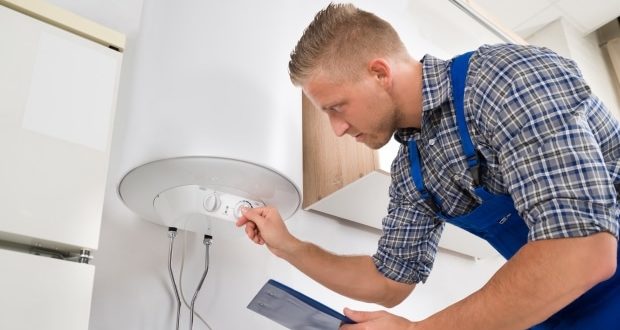Flooding is a major hazard that can ruin possessions, leaving you stuck in a home without proper cooling and heating or electricity. Those in areas subject to heavy rainfall are more prone to flooding. Still, it can also be caused by broken pipes, drainage, and other non-weather related factors.
Following proper electrical safety guidelines is one way to mitigate water damage. There’re also precautions you can take before and after flooding to keep you and your home safe. Read this guide for electrical safety and flood.
Use Ground-Fault Circuit Interrupters
Installing Ground-Fault Circuit Interrupters, or GFCIs is one of the most effective ways to prevent flood-related electrical damage. GFCIs are circuit breakers designed to quickly turn off electric power if a ground fault occurs.
Ground faults are when electricity escapes its intended path, usually wiring, and flows through a different conductor to the ground.
Since water is a conductor of electricity, GFCIs are necessary for areas where electricity is used near water. This includes bathrooms, kitchens, garages, and areas near appliances such as washing machines.
Those who live in flood-prone locations should have them installed in basements and throughout the first floors of their buildings. GFCIs keep your home and family safe by preventing electrocutions and house fires in the event of a flood.
Install Water Level Sensors
Installing water level sensors in your home is another excellent preventive measure. These devices analyze your home’s normal water level, usage, and provide real-time alerts to any abnormalities that indicate a flood or leak.
They alert homeowners to other problems such as pipe freezes or bursts and power outages, in addition to weather-related flooding.
The average basement flood leads to $43,000 in damages. Still, water level sensors can help decrease these costs through their alerts that allow you to take immediate preventative action. Water level sensors can also help lead to water bill savings through their provided data and analysis of your home’s water consumption.
Elevating Appliances
Certain electric appliances such as washing machines, dryers, furnaces, and water heaters are usually in basements. However, basements are very prone to flooding.
Some opt to install or move these appliances to another higher level in the house. This can significantly decrease their chance of damage due to flooding.
Some also opt to build a floodwall or elevate the appliances in the basement on a slightly elevated surface using cinder blocks and wooden slats or pallets.
Remove the Electrical Meter from the Socket
Removing the electrical meter from its socket is one of the most critical steps to take after a flood. The electrical meter is installed where power lines enter your home, measuring electricity consumption and usage. Removing the meter cuts off all electricity entering the home.
Since water is an electrical conductor, there is a high chance of electric shock if you enter a flooded basement or area with the meter still active. Removing it and disconnecting power will make it safe to enter the area, assess the damage, and decrease your risk of electrocution and fire.
Replace Electric Appliances
Do not turn on or try to use any electric appliance exposed to floodwater, as this can cause serious harm to you and your home. There is a high chance for electrocution, and the damaged appliance could start a devastating house fire.
Large electronic appliances, such as dishwashers, washers, dryers, and refrigerators, will likely need to be replaced entirely when exposed to floodwater but could be repaired if water exposure was minimal.
Smaller appliances such as televisions and computers are more likely to be salvageable through repairs and maintenance, but they may need replacement. Be sure to carefully unplug and dry off any appliance before inspecting it to determine its condition.
Install a Ductless Mini Split
The HVAC system often needs replacement after a storm. Water damage and exposure can lead to corrosion and mold while significantly decreasing your system’s inefficiency.
Even if your system is salvageable, a water-damaged air conditioner may create an uncomfortable and potentially unhealthy indoor environment while also raising your home’s energy bills and consumption.
If you need to replace your home’s HVAC system after a flood, consider installing a ductless mini-split. These systems offer a variety of benefits over alternatives such as central ducted systems and window air conditioners. They are available in single and multi-zone systems, meaning they can heat and cool indoor areas of any size.
Mini-splits are also highly efficient, which leads to significantly lower electricity costs and reduced energy consumption. They create the perfect indoor climate by offering advanced control and analysis over-temperature, airflow direction and power, humidity, and more.
Mini-splits also create a healthier indoor environment by removing harmful airborne contaminants. This is especially beneficial in areas that were recently flooded. The floodwater may contain harmful bacteria lingering in the air.
Areas prone to floods, such as basements and garages, creates the perfect environment for mold and mildew growth. They are already dark and damp to begin with, and this only worsens after a flood. Fortunately, mini splits remove airborne moisture to prevent mold and mildew buildup.
Professional Electric Inspection
An inspection by a professional electrician after a flood can help assess the damage. It can also provide a more specific course of action for repairs.
It is much safer to have a professional inspect your home. They will take necessary precautions to limit the chance of electrocution, fire, or other damages.
Their trained eye will also detect unnoticed problems such as unsafe wiring. Here’re some common home electrical issues you might have.
Electrical safety before, during, and after a flood is vital. By following these steps, you can minimize any damage and keep your family and home safe.







